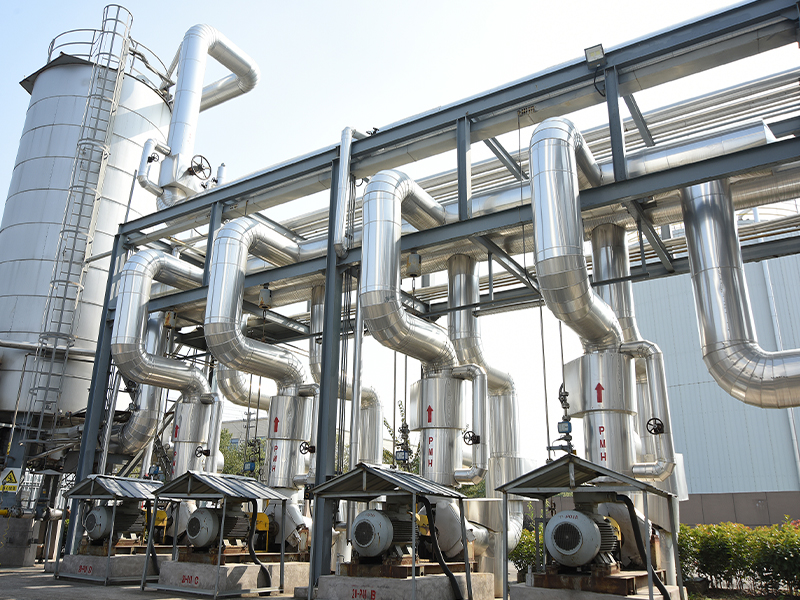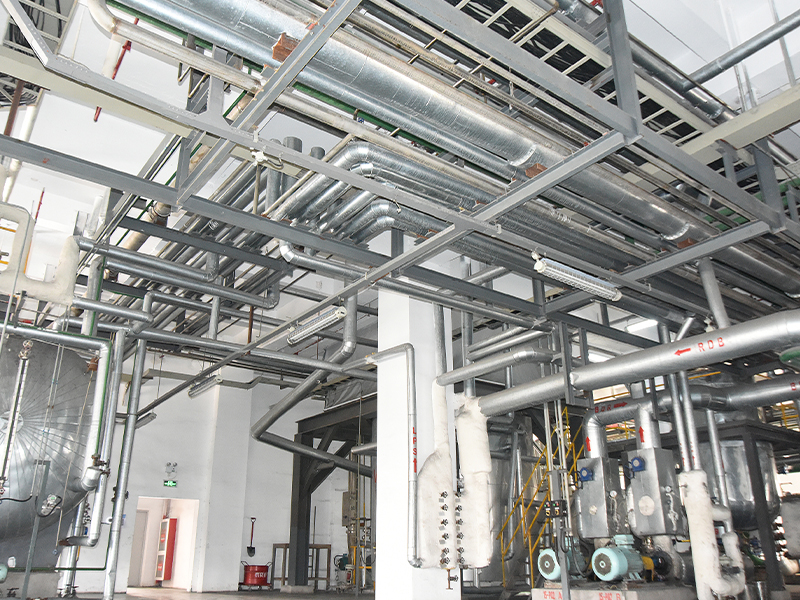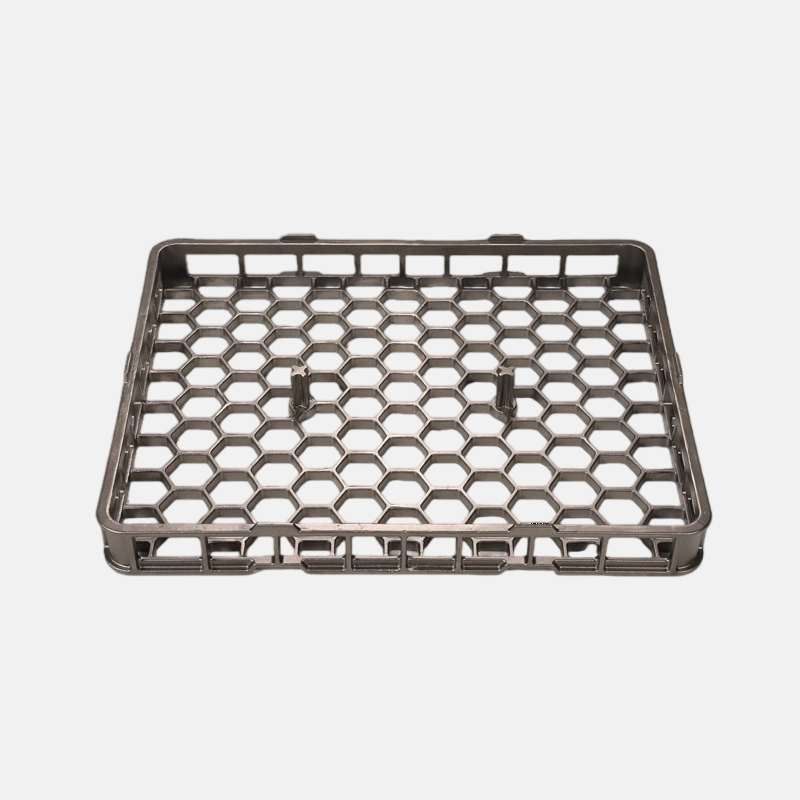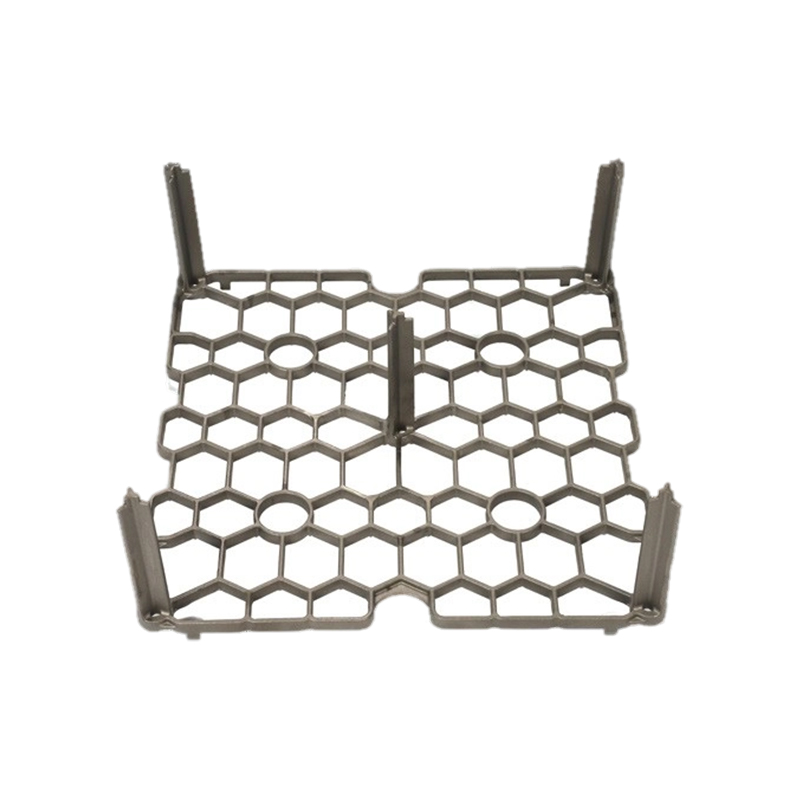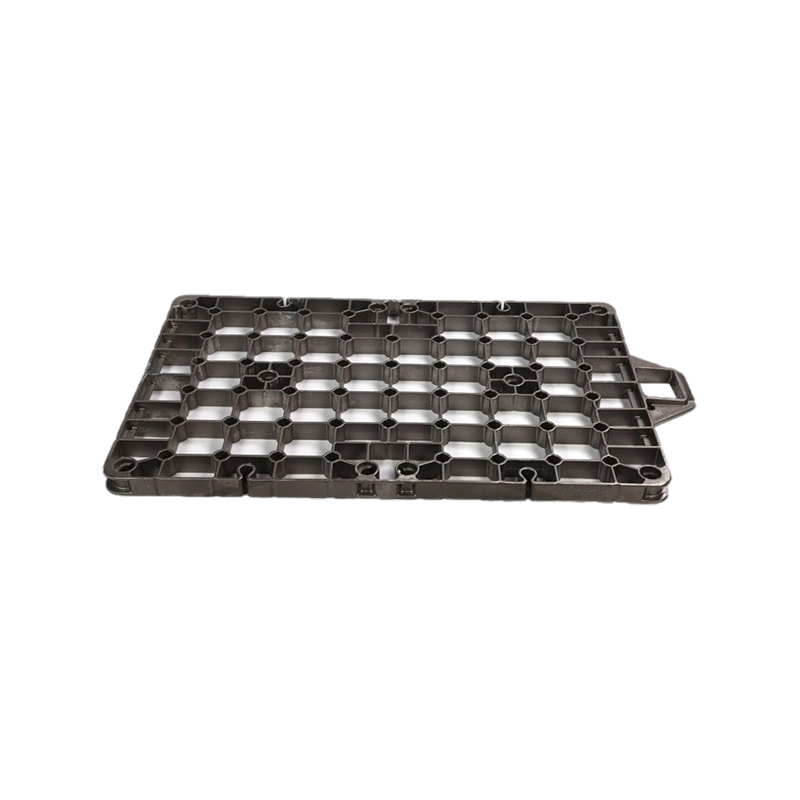1. Concept Analysis
Lost Foam Casting (LFC), also known as full mold casting or vaporized mold casting, is a revolutionary precision casting process. Its core is to use foam plastic (usually polystyrene EPS or copolymer STMMA) to make a precise mold (i.e., "foam pattern") that is exactly the same shape as the final casting. During the pouring process, the high-temperature molten metal contacts the foam mold and causes it to quickly vaporize and disappear. The molten metal then occupies its space, and the desired casting is directly obtained after cooling and solidification. The "disappearance" of the foam mold during the whole process is its most significant feature and the origin of its name.
2. Detailed explanation of the entire process
Mold design and manufacturing:
Three-dimensional design based on the casting drawing, accurate calculation of shrinkage allowance.
The required foam mold (or mold combination) is manufactured using CNC machining or mold foaming molding.
Preparation of foam pattern:
Material: Mainly use pre-foamed EPS (expandable polystyrene) beads or STMMA (styrene-methyl methacrylate copolymer) beads. STMMA can reduce black carbon defects and has a wider application.
Molding: Fill the beads into an aluminum alloy mold with a cavity, pass steam to heat, the beads expand, fuse, fill the cavity, and form a dense foam pattern after cooling. Complex castings require bonding and assembling multiple pattern components (using special hot melt adhesive).
Pattern cluster assembly:
Precisely bond multiple foam patterns (including pouring system and riser system) into a whole "pattern cluster". The design of the pouring system is crucial and directly affects filling and gasification.
Paint coating:
Purpose: Enhance the strength and surface finish of the pattern; form an insulating layer to prevent the metal liquid from penetrating into the dry sand; provide a breathable channel for the foam gasification product to be discharged.
Paint: Mostly water-based refractory coatings (such as quartz powder, bauxite powder, mica powder, etc. with binders and suspending agents).
Method: Dip coating, shower coating or spray coating, the coating thickness (usually 0.5-2mm) and uniformity must be strictly controlled, and then dried.
Dry sand vibration molding:
Put the coated pattern cluster into a special sand box that can be vacuumed.
Fill in dry quartz sand or other refractory sand (such as gemstone sand) without binder, added moisture and uniform particle size.
Start the vibration table so that the dry sand can be tightly filled into all the gaps around the pattern cluster under vibration to achieve the necessary compactness.
Pouring:
Cover the top of the sand box with plastic film and vacuumize (usually maintain a negative pressure of 0.025-0.05 MPa).
Under vacuum conditions, pour molten metal (commonly used cast iron, cast steel, aluminum alloy, copper alloy, etc.) into the pouring system steadily and continuously.
The high-temperature molten metal quickly heats and vaporizes the foam pattern, and the generated gas passes through the pores between the coating and the dry sand and is extracted by the vacuum system. The molten metal completely fills the cavity formed after the foam pattern disappears.
Cooling and sand removal cleaning:
The casting is fully cooled and solidified in the sand box.
Remove the vacuum and remove the dry sand on the top of the sand box.
Pour or lift out the casting together with the wrapped dry sand.
Through flipping, vibration and other methods, the dry sand is automatically separated from the casting to achieve efficient sand falling. After cooling and dust removal, the dry sand can be recycled almost 100%.
Cleaning: Remove the pouring and riser system, residual paint, flash burrs, etc. to obtain the finished casting.
3. Core features and advantages
High precision and complex geometric shapes:
Foam molds are easy to process into extremely complex shapes (including complex cavities and curved surfaces).
No parting surface is required, no mold taper (or very small taper), high dimensional accuracy (up to CT7-9 level), good surface roughness (Ra up to 6.3-25μm).
Simplify the process and reduce the overall cost:
Omit the complex processes such as wooden mold/metal mold manufacturing, core making, and box assembly required for traditional sand casting.
No binder and sand mixing equipment are required, and the sand processing cost is extremely low (dry sand can be reused repeatedly).
Reduce processing allowance and save metal materials. Shorten the production cycle, especially suitable for the production of small and medium batches of complex parts.
Design flexibility and integration:
Multi-piece integrated casting can be achieved through bonding, reducing subsequent assembly processes.
Design freedom is extremely high and easy to change.
Excellent surface quality:
The surface is smooth, the contour is clear, and the appearance quality of the casting is good.
Clean and environmentally friendly:
Use dry sand without binder, no organic waste gas pollution caused by resin, water glass, etc. (but the foam gasification products need to be properly handled).
The recycling rate of old sand is high and there is less solid waste.
The working environment is relatively dusty (thanks to vacuum extraction).
4. Challenges and limitations
Foam mold production cost: For single-piece small batches, the cost of foam molds may be high (but 3D printing foam molds are improving this problem).
Size restrictions: When pouring large castings (especially thick and large parts), the foam violently gasifies to produce a large amount of gas, which may cause defects such as insufficient pouring, pores, and carbon inclusions, and the process control is more difficult. The typical range is between 0.5kg and 50 tons, but it is commonly used in tens of kilograms to several tons.
Cluster combination and coating quality control: Assembly accuracy and coating quality have a great impact on the quality of the final casting, requiring delicate operation and strict inspection.
Gasification product treatment: Foam pyrolysis and gasification will produce a large amount of gaseous and a small amount of liquid (tar-like) products, which need to be discharged in time by the vacuum system and properly treated (such as burning), otherwise it is easy to cause defects such as pores, carbon increase, and wrinkles in the casting.
Applicable alloy range: The application of alloys that are easily oxidized or sensitive to carbon (such as some titanium alloys and high manganese steel) is relatively limited.
5. Wide application areas
Lost foam casting shines in many industries with its unique advantages:
Automotive industry: engine cylinder block, cylinder head, intake and exhaust pipes, crankshaft, gearbox housing, bracket, brake disc/drum and other key components.
Valves and pipe fittings: Complex valves, pipe fittings, and pump bodies of various materials (cast iron, cast steel, stainless steel).
Engineering machinery: wear-resistant parts, hydraulic parts, and housing parts.
Agricultural machinery: housing, gearbox, bracket.
Mining machinery: wear-resistant linings, conveyor troughs.
Art castings and architectural hardware: sculptures, decorative parts, railing accessories and other complex-shaped crafts.
Aerospace: some non-load-bearing structural parts of aluminum alloys and magnesium alloys.
6. Future development trends
High-performance foam materials: Develop foam materials with low gasification residue, higher strength and dimensional stability.
3D printing foam molds: Rapid prototyping technology (such as binder jetting, FDM) is used to manufacture complex prototypes and small batches of models, breaking through the limitations of traditional molds and accelerating product development.
Coating technology innovation: Develop higher strength, better air permeability, and environmentally friendly coatings.
Intelligent process control: Apply sensors and numerical simulation (filling-solidification-gas flow coupling simulation) to optimize the design of the casting system and process parameters.
Large-scale and thin-walled: Overcome the production technology bottleneck of larger and thinner-walled castings.
Green: Improve waste gas collection and purification technology to further reduce environmental impact.
 English
English русский
русский Español
Español عربى
عربى
